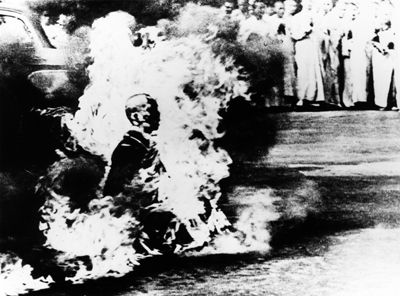Start talking about retirement and life expectancies and no doubt someone will remind you of the notion that our ancestors rarely lived past age 30. Sure, saber-toothed tigers ate Neolithic humans. Even more recent generations still had to contend with plague, famine and disease. But were their life expectancies really that short?
Not really. Turns out, all those statistics about life expectancy don't really paint a clear picture and it's all about averages. If you write down the age at which everyone died, add the ages together and then divide the sum by the number of people, you'll come up with an average life expectancy -- the average age a person in that group will reach before they die. But this statistic is misleading.
Advertisement
It doesn't take into account the infant mortality rate, which refers to babies who die before reaching their first birthdays. The infant mortality rate has been a struggle for previous generations and continues to adversely affect populations in developing nations. Historically, infants often died of diseases like smallpox before they reached their first year. In developing nations, babies continue to die of diseases such as cholera from drinking contaminated water.
When you add a high infant mortality rate to the life expectancies of everyone else in a population group, it will significantly lower the number.
If, for example, you take six people who live to 70 and another six people who live to 1 and divide the sum (426) by 12, you'll discover the average life expectancy of this population of people is 35.5 years. As we can see by their individual ages, half lived well into their golden years and half died in infancy. In this case, and in most cases, the average life expectancy doesn't really capture the true picture [source: World Bank].
The reality is far different than the statistics would suggest. The truth is, if you live past age 1, you have a pretty good chance of making it to 70 -- or maybe 80. In fact, in the past 150 years, the average lifespan in the United States has risen from 35-40 years to nearly 80 years thanks mostly to advances in medicine. Forty used to be the new 20, but before long, 60 might be the new 20 instead [source: Helmuth].
Advertisement



